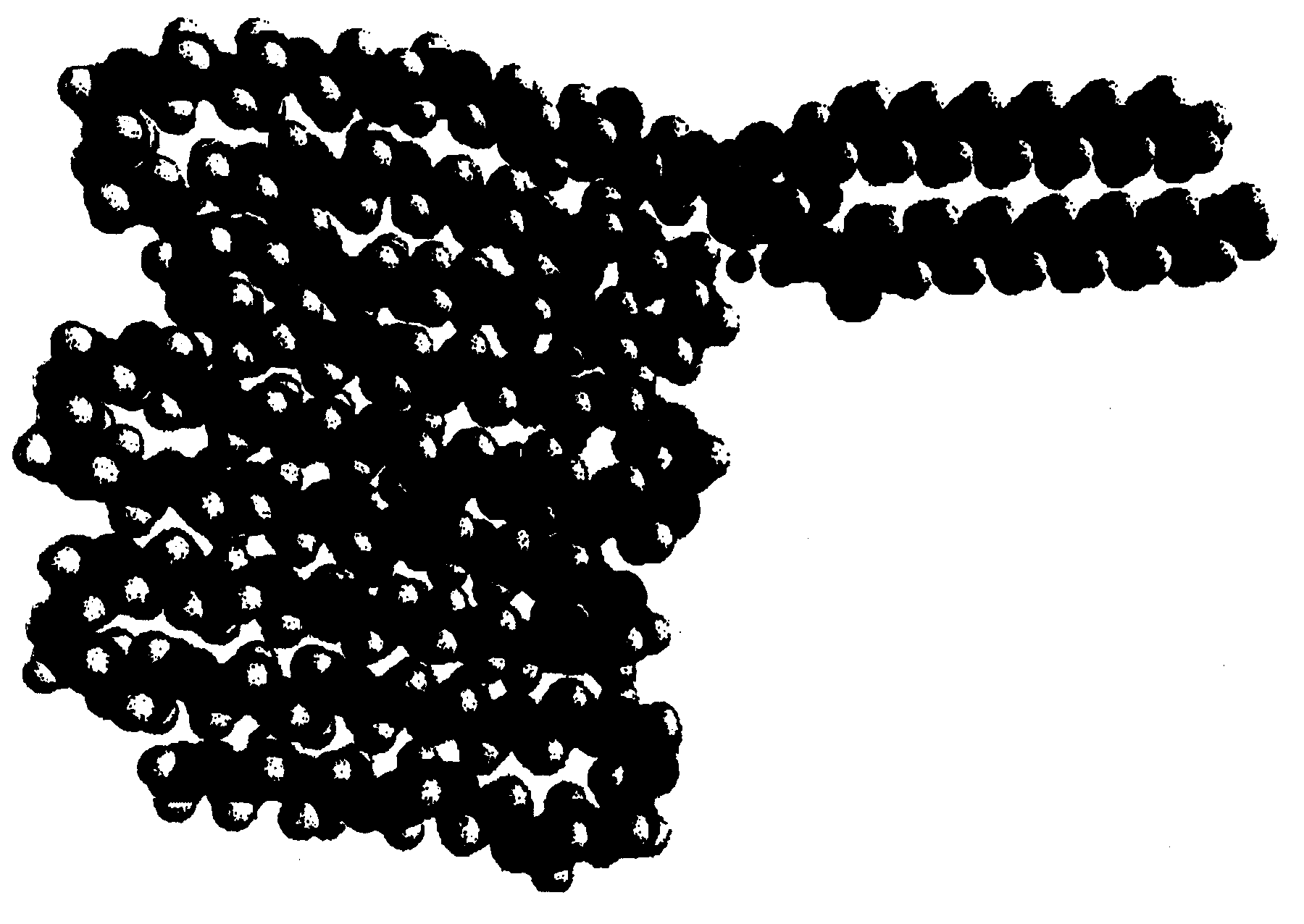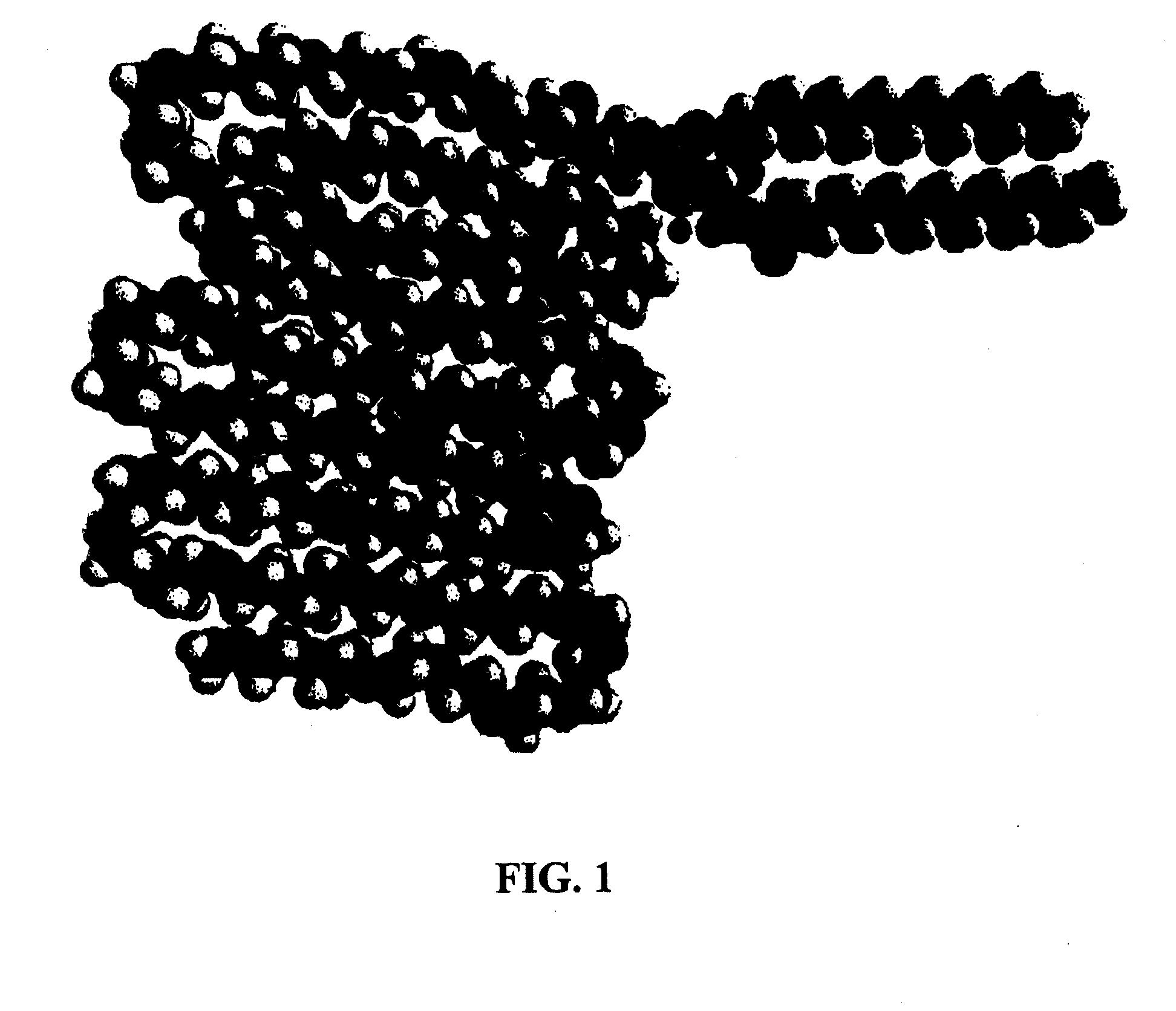Rgd peptide attached to bioabsorbable stents
a bioabsorbable device and peptide technology, applied in the direction of peptide/protein ingredients, prosthesis, blood vessels, etc., can solve the problems of occluded blood conduits, intimal flaps or torn arterial linings which can collapse, and still pose significant problems, so as to enhance the growth rate of endothelium and enhance the regeneration rate of endothelium on the surface.
- Summary
- Abstract
- Description
- Claims
- Application Information
AI Technical Summary
Benefits of technology
Problems solved by technology
Method used
Image
Examples
Embodiment Construction
[0016]Provided herein is a bioabsorbable stent including a chemo-attractant for endothelial progenitor cells (EPCs). The chemo-attractant is chemically bonded to the bioabsorbable stent via a spacer compound. In some embodiments, the spacer compound comprises a hydrophobic moiety and a hydrophilic moiety. The spacer compound can be grafted to the surface of the bioabsorbable stent. The hydrophobic moiety can be embedded in the stent, and the chemo-attractant can be attached to the hydrophilic moiety. Upon implantation, the hydrophilic moiety can be projected from the surface of the medical device toward a physiologic environment. The chemo-attractant can then recruit EPCs so as to enhance the growth rate of endothelium on the surface of the device. It is important to note that a spacer compound of the present invention allows for more freedom for EPCs to access to the chemo-attractant so that the regeneration rate of endothelium on the surface can be enhanced.
[0017]In some embodimen...
PUM
| Property | Measurement | Unit |
|---|---|---|
| molecular weight | aaaaa | aaaaa |
| molecular weight | aaaaa | aaaaa |
| molecular weight | aaaaa | aaaaa |
Abstract
Description
Claims
Application Information
 Login to View More
Login to View More - R&D
- Intellectual Property
- Life Sciences
- Materials
- Tech Scout
- Unparalleled Data Quality
- Higher Quality Content
- 60% Fewer Hallucinations
Browse by: Latest US Patents, China's latest patents, Technical Efficacy Thesaurus, Application Domain, Technology Topic, Popular Technical Reports.
© 2025 PatSnap. All rights reserved.Legal|Privacy policy|Modern Slavery Act Transparency Statement|Sitemap|About US| Contact US: help@patsnap.com



